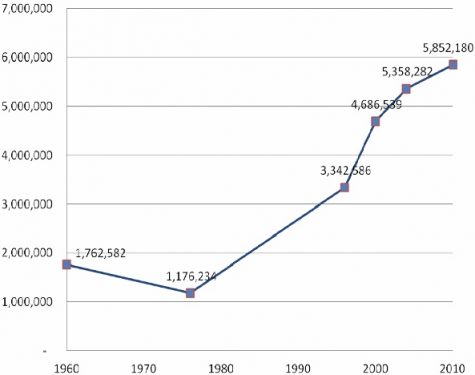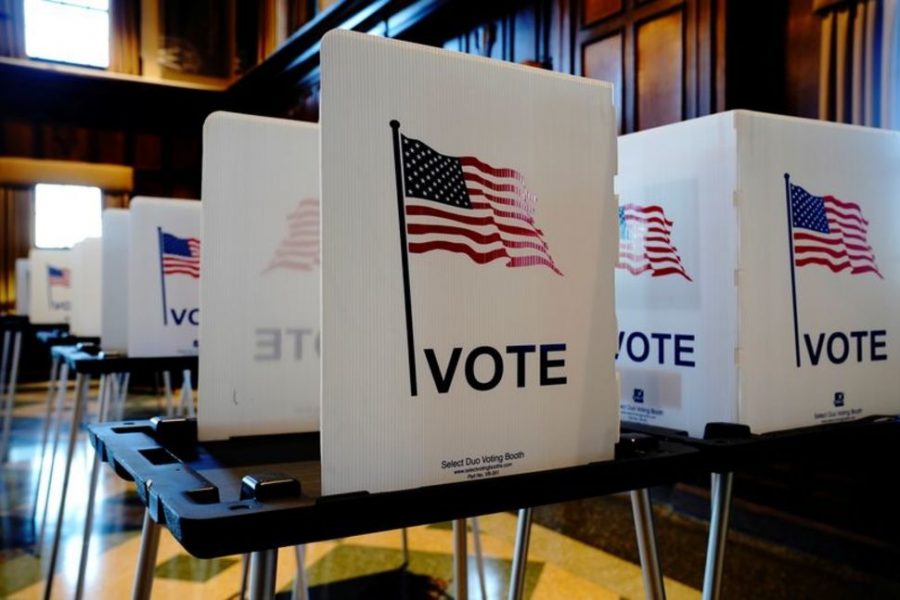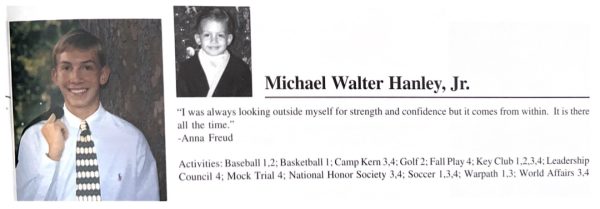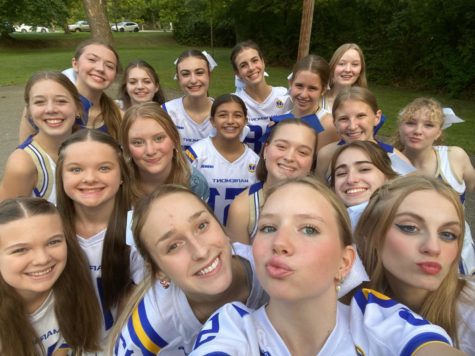Navigating Elections
November 20, 2020
BY CRICKET COLLISTER
Whenever an election comes around, you often hear “Get out and vote!” The number of eligible voters fluctuates every year with people turning 18 and the elderly passing away. With all of these people, what percent really goes out to vote? PBS said in…that in 2016, 57 percent of eligible voters cast their ballots in the presidential election. Why is it that the number isn’t 100 percent?
Often, many young people do not come out and vote when they are first-able. Voting becomes a habit– one that needs time to form. According to the census, during the 2016 presidential election, 46 percent of voters 18-29 went out to vote. Now that may seem like a large number, but compared to the 70.9 percentage of voters aged 65 and older, it seems small.
It becomes clear that personal choice isn’t the only factor that determines an election. According to the National Conference of State Legislatures, 36 states, you need a valid photo ID. 21 million Americans lack this identification. This makes it difficult for those who want to vote, because getting an identification card is no easy task.

Imprisonment also affects a person’s ability to vote. Disenfranchisement, the state of being deprived of a right or privilege, commonly the one to vote, affects a large number of voters in the United States. Human Rights Watch, an organization dedicated to human rights, estimates that 3.9 million Americans have lost their right to cast a vote because of their past or present incarceration. These people are either temporarily or permanently disenfranchised as a result of a felony conviction. This is yet another hurdle for those planning on going out to vote.
Another thing you most likely are hearing is “popular vote”, “electoral votes” and “swing states”. These terms can be confusing and overwhelming if you don’t have any voting experience or understanding of how elections take place. Swing states are states that go back and forth between having majority vote be red (Republican) or blue (Democrat). These states are commonly where the candidates spend most of their time campaigning, in hope of gaining more votes (electoral) for their party.
Electoral votes are the votes each state gets from the electoral college. A census is conducted every 10 years, and this determines the concentration of wealth and population in a certain area. With this, a representative is given to a certain area. When the state is voting for a president, the candidate who wins the majority is given all of the states electoral votes. These representatives don’t vote just for their district, they vote for whoever wins the majority in their states. Bigger states (by population) like California or New York are essentially the most important states in presidential elections, because these states have the most electoral votes. Smaller states like Vermont do not hold the upper hand in elections. There are 538 electors, and for a president to win presidential-elect, they have to get a hold of 270 votes.
The popular vote, or national poll, is how the American people are voting. This would be counted in the millions, and is all of the citizens’ votes. It is seen sometimes that a president will lose the popular vote, but gain the required 270 electoral votes, like Donald Trump in the 2016 election. There are many advocates for the abolishment of the electoral college, with arguments that it is an outdated system. Many people believe that the president should be determined simply by the popular vote.
Overall, politics and voting can be difficult to navigate. With knowledge on what these terms mean and understanding how the election system works, many young voters would be able to make a more educated choice on who they want to cast their ballot for. Although it can be a difficult conversation, participation in the democracy of the United States is essential for our country, and education on this system is helpful to all.











